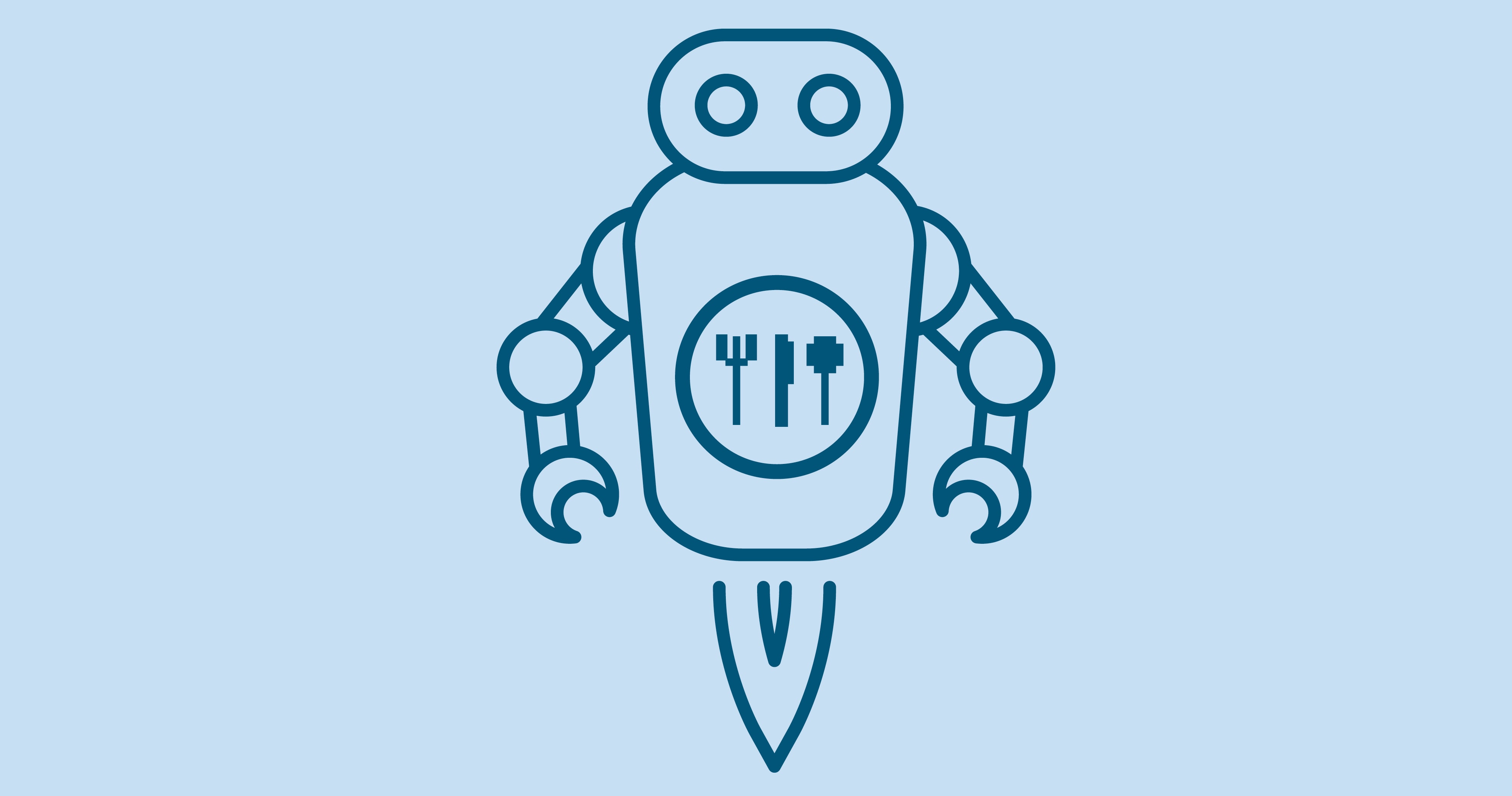
Not so long ago we used to look forward to 2020 as the year we would all be flying around with our personal jetpacks and meals would be prepared and served by robots. The reality is a little different and 2020 will be remembered for very different reasons.
But, could we see at least one of those predictions become reality? In her study, “How to Build a Better Robot for Quick Service Restaurants,” recently published in the Journal of Hospitality and Tourism Research, Dina Marie Zemke, an associate professor at the Miller College of Business at Ball State University in Muncie, Indiana, US found: “Participants felt that the incorporation of robotic technology is a question of when, rather than a question of if.”
Although the cost of robotic equipment is decreasing it still represents a large capital outlay. However, as Zemke points out many industrial service robots, such as robotic vacuums and robotic assembly arms, are leased. A commercial robotic vacuum will cost between $7,000 and $15,000 to purchase, but they are often leased at $4 to $6 per hour of operating time, less than the minimum wage. Another incentive is the manufacturer or distributor takes on the equipment’s maintenance.
Potential to reassure
Speaking in FCSI’s latest Technology 2025 print supplement, Vinoo Mehera FCSI of Switzerland’s promaFox says: “In production kitchens we do see a lot of potential with such technologies and with the shortage and cost of qualified personnel, this is definitely an area that will develop rapidly,” adding that the Covid-19 pandemic will only serve to further propel the implementation of robotics. “It helps to ensure higher levels of hygiene with less risk of human intervention and thereby risk to the customers.”
And with 29% of Americans worried about returning to their local restaurants and 53% planning to continue cooking and eating more at home –according to the Toluna Barometer, a bi-weekly index that taps into a community panel of 30+ million members – maybe robotics and AI technology will encourage more confidence in customers.
“Contactless is the buzzword because of Covid,” says Joseph Schumaker FCSI of FoodSpace in Idaho, US. “Having said that, contactless is about freeing up humans to be human, and talking to the guests and interacting and creating memorable experiences through food and dining experiences.”
Nevertheless, with many customers still hesitant about going out to eat in restaurants, will the use of robots and AI have a role to play in reassuring the public that it is safe to do so?
“I think it will reassure the public. If we look at the airborne transmission issue, the use of robotics would reduce the likelihood of Covid transmission, since there will be fewer humans involved in the process of preparing the food,” says Zemke.
“Finally, if robotics is used in front-of-house tasks, such as order taking, delivery, cleaning, etc., that will further reduce the likelihood of airborne transmission, since the robot will not emit the vapor plume a human would.”
Margin of benefit
Although everybody is distracted by the challenges of running a foodservice operation in a time of coronavirus, one of the main drivers towards technology for business owners is the cost of labor. And with an election imminent in the US the result could have just as much of an effect the uptake of robotics and AI.
“If taxes, particularly payroll taxes, increase, then robotics will make more sense. If the minimum wage increases, this will of course increase the feasibility of robotics,” says Zemke. “Of course, all of this depends on the specific robotic device and its up-time. If they break down frequently, then there is no benefit at all.”
Jacquetta Picton
